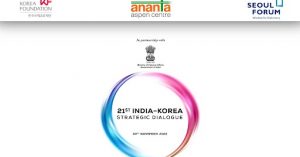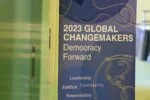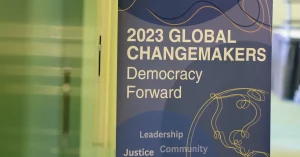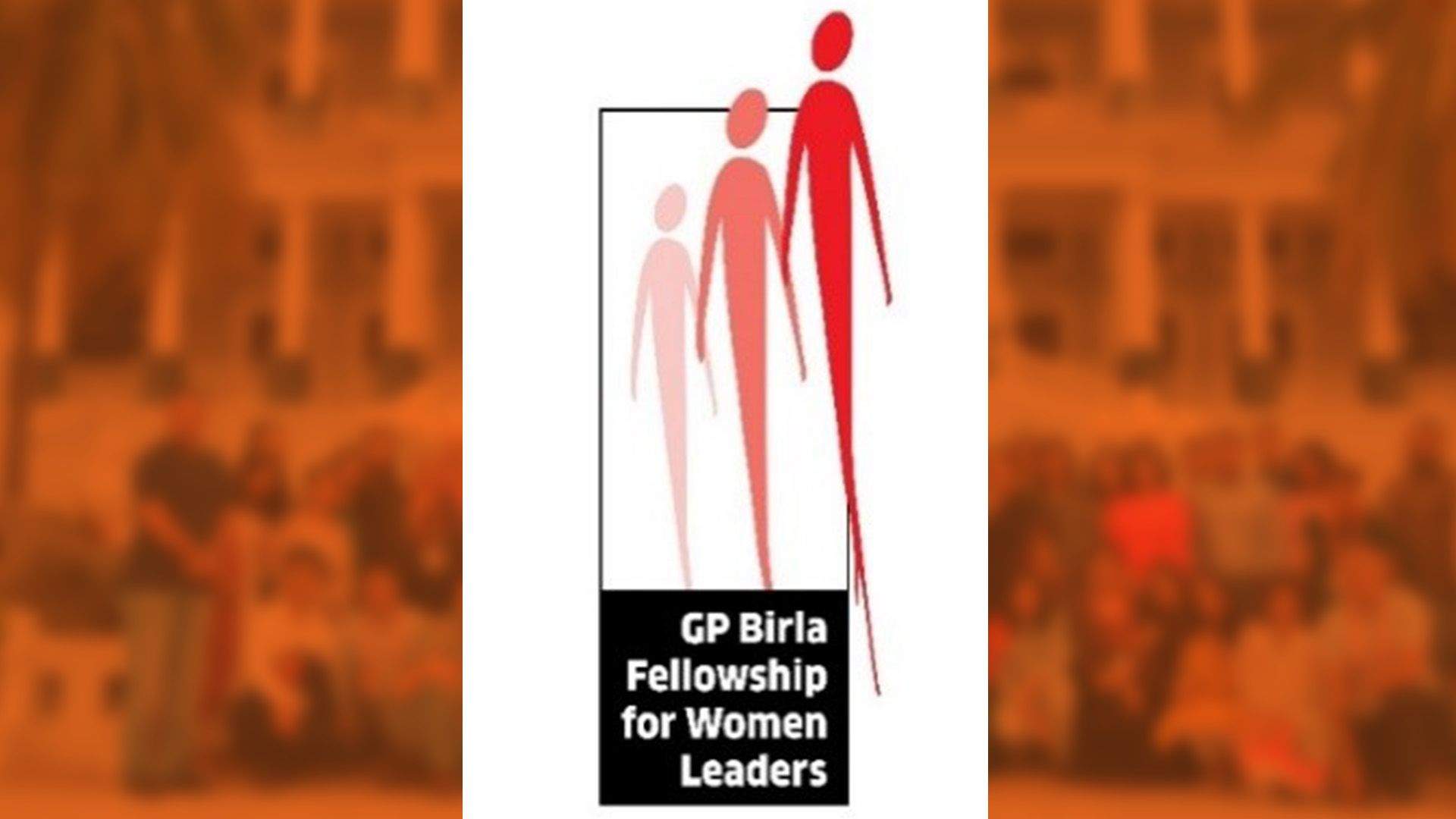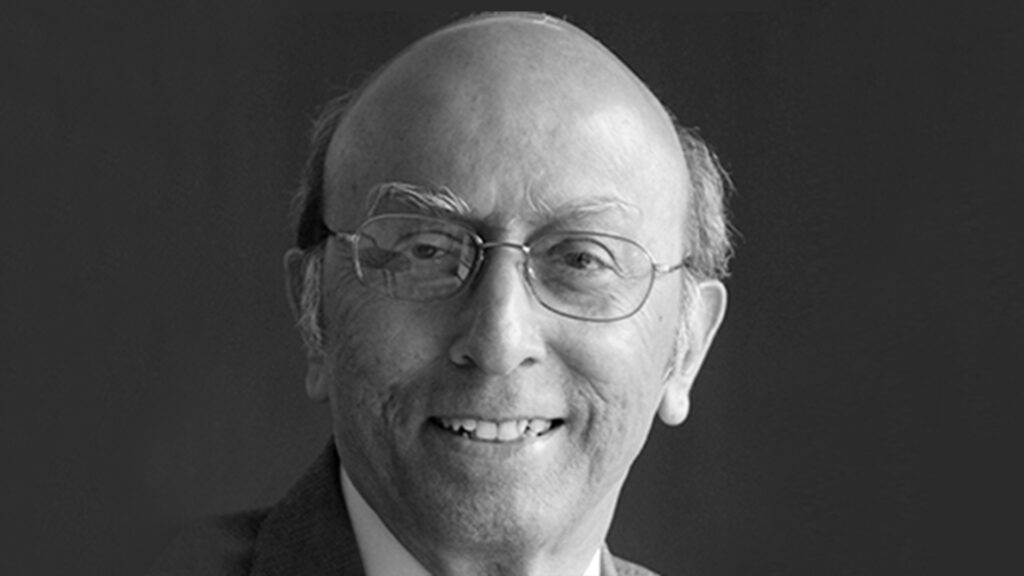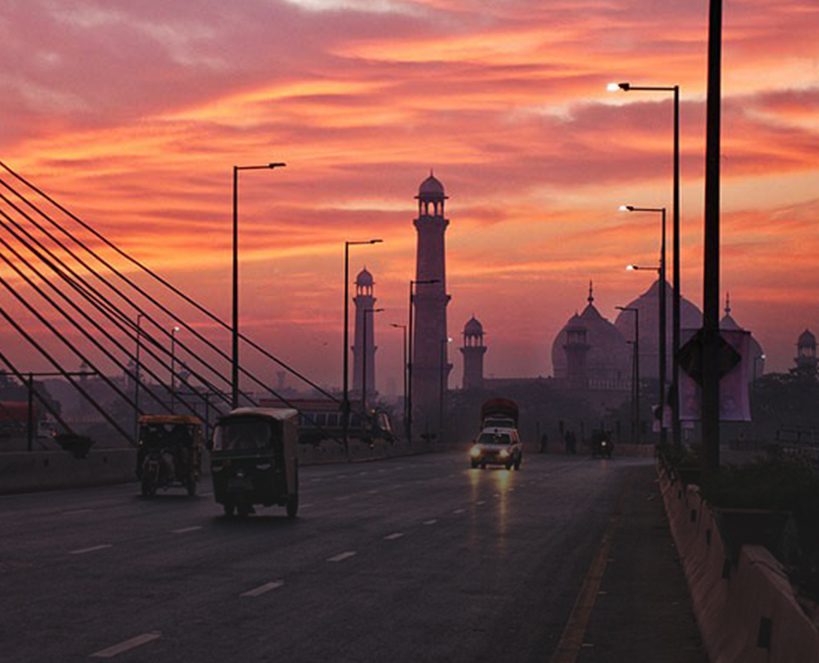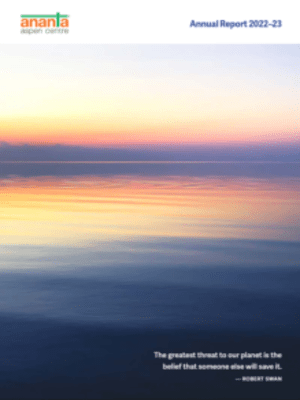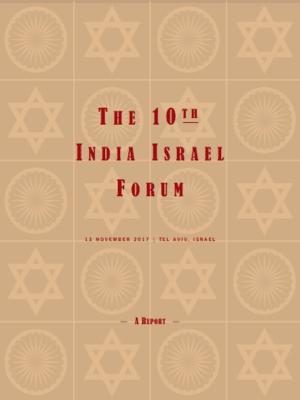HIGHLIGHTS
● Political Developments
● Economic Developments
● Focus India-LAC
Political Developments
The 15th biennial Conference of Defence Ministers of the Americas (CDMA) was held in Brazil 26-28 July. The CDMA brings together defence ministers from 34 member states across the Americas since 1995. Attended by US Defence Secretary Lloyd Austin, the meeting issued a declaration with a sentence (not in the original Brazilian draft) that conflicts “such as the invasion of Ukraine… are not legitimate means to settle disputes, therefore the Member States of the CDMA, seek peaceful solutions as soon as possible”. Host Brazil and Argentina put a disclaimer in a footnote to the declaration, claiming that “consistent with the principles that govern their international relations, (they) recognize the role of the United Nations in the search for international peace and security and consider that organization the forum with a mandate suitable for dealing with the conflict in Ukraine”. Brazil’s President Bolsonaro has refused to stop dealing with Russia claiming, among other things, that Brazilian agriculture depended on fertiliser imports from that country. Going further, Mexico’s disclaimer pointed out that “the provisions of the second paragraph of the Brasilia Declaration do not fall within the scope of the CDMA, and therefore, based on the compatibility of Mexico’s domestic policy principles, it is not possible to adhere to its content, recognizing the United Nations as the appropriate forum to address this issue”. Countering these statements, in another disclaimer, “Canada, Colombia, Dominican Republic, Ecuador, Guatemala, Haiti, Paraguay, the United States of America and Uruguay reiterate(d) their condemnation in the strongest terms of the Russian Federation’s illegal invasion of Ukraine”.
The declaration covered several topics including cyber defence, role of women in security, disaster management and the role of armed forces in migration related issues. Another contentious topic seems to have been the report of the Working Committee on the Theme “Strengthening Integrated Deterrence: Air, Land, Sea, Space and Cyberspace.” The declaration recognised the “importance and relevance of the topic… (but)…Due to its complexity, delegates concluded that the topic needs to be further studied… (recognising the )…specificities of each country on the subject….(the report will be) submitted to the Organisation of American States (OAS) for a more detailed study of the proposal through the Inter-American Development Bank (IADB) and….taken up at the XVI CDMA”. Clearly differences over this type of collaboration in the Americas prevail. During the meeting, Austin also met Brazil’s Defence Minister and was assured that the Brazilian military would not interfere with the upcoming October presidential elections in Brazil.
On 4 September Chile will have a moment of reckoning with its destiny. A plebiscite will decide the fate of a 388-article document drafted by a Constituent Assembly, comprising mostly progressive members, to replace the 1980 constitution which enshrined the market economy. That constitution was drafted by former dictator General Augusto Pinochet, who had to hand over power a few years after its promulgation. The new draft reflects contentious opinions of an intelligentsia that fought to safeguard deeply held convictions of sections of the population disenfranchised over decades of governance overshadowed by an establishment perceived as entitled and alienated from the majority. This perception brought 36-year old Gabriel Boric to the presidency months ago, at the head of a leftist coalition. Apart from government responsibility to tackle climate change – the first country to include this in its constitution – gender parity, inclusivity, indigenous rights, and institutional checks on the executive, the draft also has a clause to prioritise external relations with Latin America, a troubling proposition for its own diplomats.
Western sources reported in mid-July that Russia, China and Iran would team up with Venezuela to organize military exercises in Latin America. Along with 10 other nations, they would “preposition forward-deployed military assets in Latin America and the Caribbean” in war games, known as the Sniper Frontier competition. These games, which take place every year, were held last year in Vietnam with participation of Russia and China.
The looming presence of Russia and China over the region seems to have spurred not just the US, but also the European Union (EU) to reassess its policy towards LAC. A recent EU policy paper reportedly claims: “The credibility of the EU and its power and leverage capacity on the international scene is at stake”. With a left-wing tide sweeping the region after recent elections in Peru, Chile, Mexico, Honduras, Colombia and possibility of a left-wing victory in Brazil, the EU “needs to systematically boost its multilateral engagement with Latin American and Caribbean countries in view of the increased competition from China and Russia and also to garner support on international forums …” Many Latin American countries feel disappointed after the EU failed to ratify the Free Trade Agreement with Mercosur (Argentina, Brazil, Paraguay, and Uruguay) while the updating of agreements with Mexico and Chile are still bogged down by the ratification process and objections from the EU. The European Commission has a budget of € 3.4 billion to cooperate with the region during the period 2021-2027. Brussels is also working on an investment package of up to € 8 billion to be announced at the next summit. The last summit was held in December 2021, after a gap of 6 years. The Ibero-American Summits initiated by Spain and Portugal, however have been held more regularly and are a biennial affair.
Economic Developments
The UN Office of Drugs and Crime (UNODC) in its report released mid-year painted a sorry picture of cocaine cultivation and production in Latin America. The decrease in the area under coca cultivation in Colombia of 7.1 per cent in 2020 was offset by increases in Peru (13 per cent) and Bolivia (15.3 per cent). Colombia however continued to have the largest share of global coca bush cultivation, accounting for an estimated 61 per cent. It’s “hotspots” – areas cultivating and processing coca over 10 years – account for 87 percent of the total, so reduction in overall area under cultivation has not reduced the problem significantly. The report also claims that forced eradication of coca cultivation is not as sustainable as voluntary eradication with alternative development projects. In Bolivia where coca cultivation is legal, because of traditional coca leaf use by indigenous communities, the prescribed acreage was exceeded. Cocaine manufacture grew 11 per cent in 2020, compared with 2019, reaching a new record high of 1,982 tons (100 per cent purity). Manufacture increased by 8 per cent in Colombia and by a combined total of 16.5 per cent in Peru and Bolivia.
Most of the cocaine trafficked 2016–2020 was from Colombia along the Pacific coast to Central America and/or Mexico (often by ship and/or semi-submersible vessel), to the United States; Western and Central Europe by boat, over the Atlantic to Europe and onward; or via Brazil to Europe, either via the Atlantic or West Africa. Trafficking flows also run from the Andean region to other local markets in South America, notably Brazil and Argentina. Cocaine seizures also suggest a geographical expansion in trafficking, with increased levels of cocaine trafficking in Africa and Asia over the last two decades. Brazil was the most important South American country shipping cocaine to Asia. An interesting map in the report estimates over a million cocaine users in India in 2019, comprising 50 percent of those registered in Asia (https://www.unodc.org/unodc/en/data-and-analysis/world-drug-report-2022.html Chapter 4:)
Venezuela has profited from the effects of the Ukraine war on the energy markets. Its crude oil exports over the past two months have gone up to 545,000 barrels per day. A barrel of its crude averaged over $ 81 in 2022, a windfall for the regime. With oil prices and exports surging, the UN Economic Commission for Latin America and the Caribbean (ECLAC) estimates that for the first time in almost a decade, Venezuela’s GDP with actually rise: 10% in 2022! Confidence in the western world’s need for oil has prompted the Maduro regime to deny supplies against former debt, starting with Italy. Venezuela needs imported diluents to mix with its heavy crudes, and this may create problems in production. Indian cement companies this year have imported over 200,000 tons of Venezuelan petcoke, a by-product of crude extraction. Venezuela still owes over $400 billion to India’s ONGC for oil extracted from joint ventures in Venezuela.
Focus India-LAC
The Indian establishment’s focus on Latin America and the Caribbean sharpened with visits by External Affairs Minister S Jaishankar in late August to Brazil, Argentina and Paraguay. Brazil and Argentina are among a handful of countries in LAC with which India has a ‘Strategic Partnership’ and holds periodic Joint Commission meetings which cover all issues in the relationship.
The agenda with Brazil is extensive, covering defence, space, and a strong multilateral partnership, but Jaishankar met with a government that may be voted out at the next elections in October.
On 27 July, the government of India approved an investment of $ 1.6 billion in an oilfield in Brazil by Bharat Petroleum Corporation Ltd. (BPCL: 55 percent state-owned). BPCL and its private sector Indian partner, Videocon Ltd., in a consortium known as IBV acquired 40 percent Participating Interest in ten offshore Brazilian blocks in Joint Venture with Brazil’s national oil company Petrobras in September 2008. The first oil discovery was made in October 2010. With the fall in oil prices subsequently, combined with political and economic controversies involving Petrobras, which had to divest some of its assets, the project languished, primarily for want of counterpart investment by Petrobras. Clearly that has changed with rising crude prices. Videocon, whose own financial worries had held up BPCL’s investment decisions, went bankrupt and divested its stake in IBV to BPCL, whose wholly owned subsidiary, Bharat PetroResources Ltd. (BPRL) will proceed with the development of the BM-SEAL-II offshore concession with Petrobras, the operator which holds 60 percent. The field is supposed to start production in 2026-27.
Brazil has long been an important source of crude for Indian hydrocarbon companies, especially with its immense offshore reserves discovered earlier this century. India’s ONGC has extensive investments there along with Petrobras. Reliance Industries has been buying crude oil and exporting diesel in swap arrangements with Brazil for over two decades. Brazil oil sales to India in the first half of 2022 have fallen considerably after the Ukraine war led to a massive increase in crude imports from Russia. According to data from Brazil’s Foreign Trade Secretariat (Secex), in the first half of the year, Brazil exported about 1.2 million tons of oil to India, down from 2.6 million tons a year ago. In dollar terms, oil exports were down 46 percent from around US$1.09 billion to US$589 million in the same period.
Argentina’s profile is gathering traction in India with a summit level meeting in June in Munich and the recent visit of Argentine Foreign Minister Santiago Cafiero to India in July. Brazil and Argentina are prominent sources of agricultural imports – mainly edible oils – and other raw materials. Indian investments there are growing. The joint statement after the Argentina visit made no mention of India’s support for Argentina’s membership of BRICS though Argentina expressed interest in greater cooperation between the regional organisation CELAC – which it currently chairs – and India. There was an extensive agenda on nuclear and space technology, apart from pharmaceuticals and infrastructure.
Paraguay, where Jaishankar inaugurated the recently opened Indian Embassy, will be the 16th Indian mission in the region, embarrassingly delayed several years after that country set up its Embassy in Delhi. LAC has 20 resident missions in Delhi.
Lok Sabha Speaker Om Birla visited Mexico and Suriname. Lopez Obrador President of Mexico (currently on the UN Security Council along with India), has recommended a three-member panel comprising Indian PM Narendra Modi, UN Secretary General Antonio Guterres and Pope Francis to propose a global truce for five years. India’s public-sector electricity generator NTPC was appointed the management consultant for a 1150 Megawatt solar power project in Cuba to be tendered by the India-based International Solar Alliance.
An area of growing cooperation with LAC is outer space. In a recent interview the Chairman, Indian Space Research Organisation (ISRO) outlined India’s growing footprint in Latin America and the Caribbean:-
- Agreements for space cooperation are already in place with Argentina, Bolivia, Brazil, Chile, Colombia, Mexico and Peru; further engagements with Panama and Dominican Republic are on the anvil;
- India’s PSLV rockets have launched satellites for Argentina, Brazil, Chile and Colombia;
- Indian satellite data has been used by Brazil for monitoring Amazon forests since 2009;
- ISRO developed a mobile app for Mexico for monitoring forest fires;
- Latin American officials have undergone training at ISRO on small satellite building and space applications.
- At Mexico’s initiative, an MOU is expected to be concluded between ISRO and the recently formed Latin America & Caribbean Space Agency (ALCE) which could involve building nano-satellites, affordable launch services, lunar or planetary missions in the future.
The previous issues of Latin America & Caribbean Review are available here: LINK
………………………………………………………………………………………………






